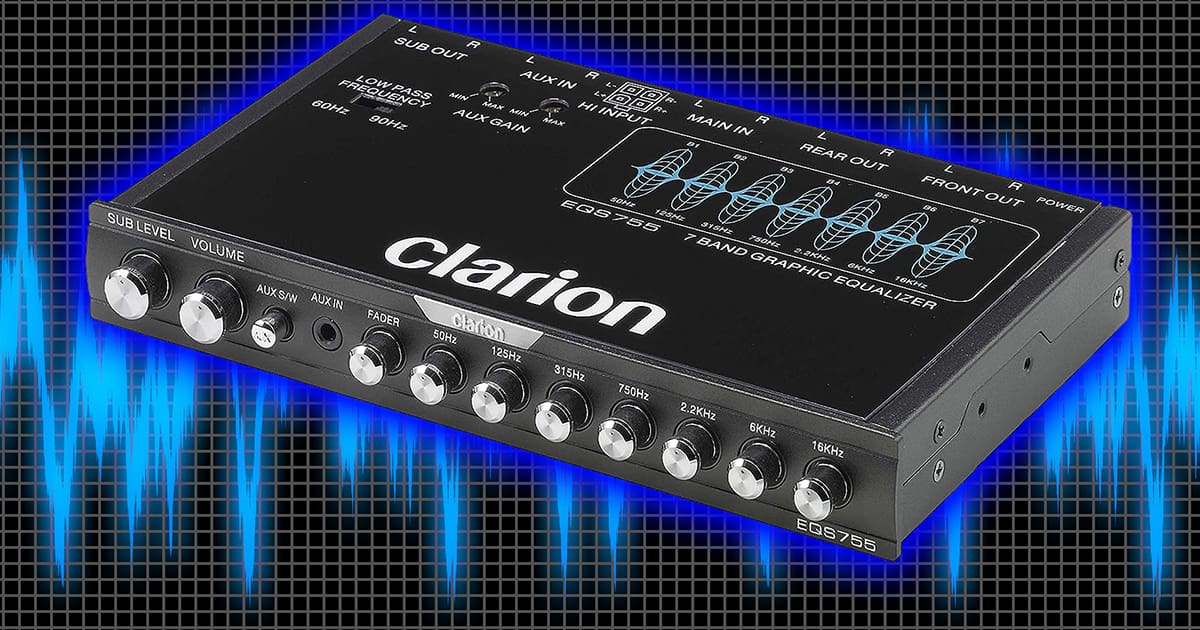The single most crucial upgrade a person can make to their car audio system is to incorporate a properly configured equalizer. Whether you have a radio and two speakers or a high-end four-way system with active crossovers, ensuring that the system’s frequency response is accurate remains the most important consideration concerning quality. Let’s examine how a car audio equalizer works and why they’re crucial.
What Is an Equalizer?
There are several ways to describe an equalizer. We’ll offer several definitions, as all do an excellent job of explaining their functionality. You can consider an equalizer to be a frequency-specific volume control. Unlike the main volume control, your installer would set this once rather than have it used frequently. Another description is that an equalizer is an audio filter that boosts or attenuates specific frequencies. Ultimately, an equalizer tool allows for the amplitude adjustment of particular frequencies in an audio signal.
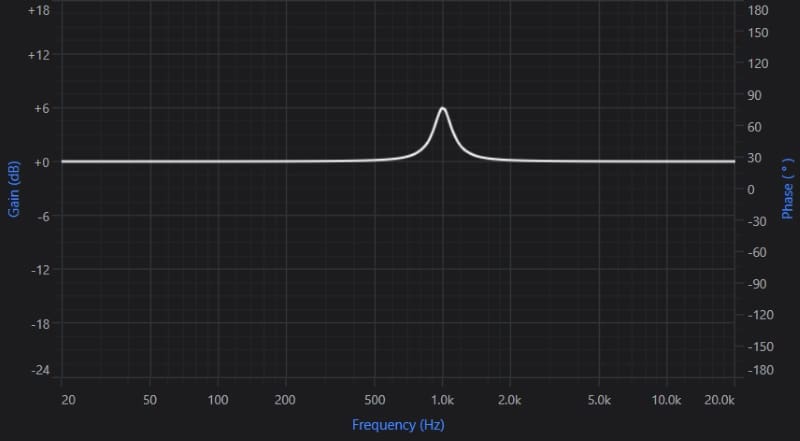
In the image above, we see the response curve of an equalizer in a digital signal processor that has added 6 dB of boost at 1 kHz. Any audio signal that passes through this equalizer channel will have the frequencies at and around 1 kHz boosted by this amount.
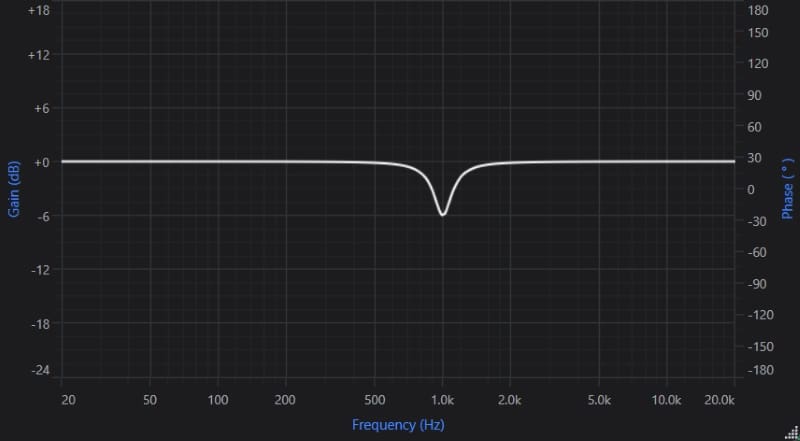
This second image shows the equalizer set to cut or attenuate frequencies around 1 kHz by 6 dB.
An equalizer can cut or boost the amplitude of different frequencies by specific amounts. While seemingly simple, it’s a powerful and essential tool in creating great-sounding car audio systems.
Why Is a Car Audio Equalizer Important?
Imagine the perfect speaker. Let’s say it’s a 6.5-inch driver that delivers ruler-flat response from 80 hertz to 20 kHz. Magically, it has ideal directivity at most frequencies, producing even amounts of sound in every direction. That speaker would have distortion-reducing features like an aluminum shorting ring and copper T-yoke cap. It has a flat-wound voice coil for maximum efficiency. It also has a rigid cone that doesn’t resonate uncontrollably. The suspension design allows the speaker to move linearly through a wide excursion range, so it continues to sound good, even at higher volume levels. The engineers who designed this speaker would have spent significant time measuring its performance in an anechoic chamber to ensure accuracy.
Now, what happens when we put that speaker in the door of a car? It still functions the same, producing audio frequencies at the same amplitude with magically perfect dispersion. Would it sound great? Probably not. Why? Because the listening environment dramatically affects what we hear. This change in frequency response isn’t the speaker’s fault. Notably, a speaker should never be designed for a specific listening environment. Speakers should be as accurate and faithful to the source signal as possible.
Tonal Imbalance And Room Acoustics
Why does the environment affect what we hear? The answer is reflections and resonances. When we listen to a speaker in a car or truck, we hear the sound directly from that speaker. We also hear sounds that arrive a moment later that have bounced off the roof, windshield, side window, seats, floor, dash and center console. These reflections change our perception of the system’s sound reproduction. Depending on the distance from the speaker to the reflecting surface and from the surface to the listening position, the reflections might add emphasis at specific frequencies or reduce the amplitude at others.
Another issue is resonance. Because of the distances between certain surfaces, we can get additional peaks in the system response. For example, a distance of 5 feet between the left and right windows might cause a peak in the system response at 225 hertz and a smaller one at 450 hertz. If the distance from the roof to the floor is 3.5 feet, that might cause a resonance at 321 hertz. The materials on the surfaces affect how much resonance occurs. If your vehicle has a deep plush carpet and cloth roof, the resonance might not be as significant as if it had a vinyl floor and roof. The listening environment wreaks havoc with what we hear from our perfect speaker. The result is peaks and dips in the frequency response, and the system doesn’t sound natural.
How an Equalizer Improves Audio System Performance
Before we can adjust an equalizer, a technician must accurately measure what might need fixing. We use a real-time audio analyzer to make these measurements. A real-time analyzer is essentially a calibrated microphone and display that shows the frequency response of the measurement. Most car audio technicians use computer-based audio analyzers with a single microphone or a multi-microphone array.
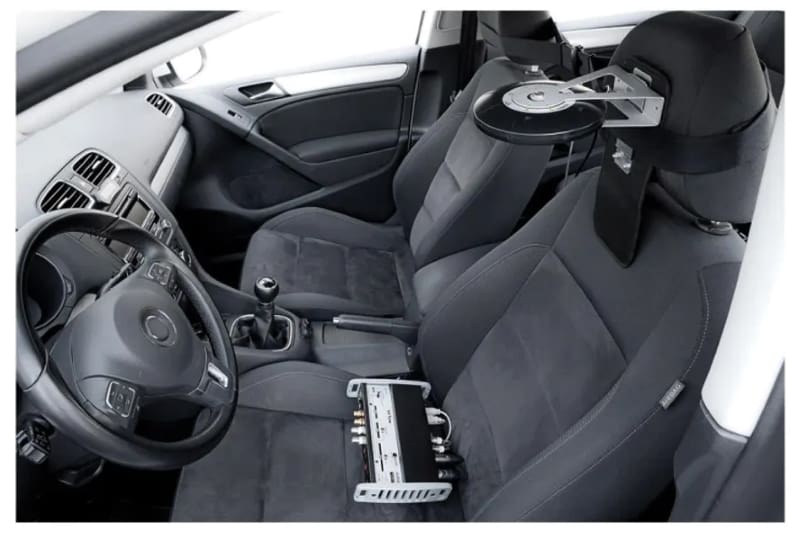
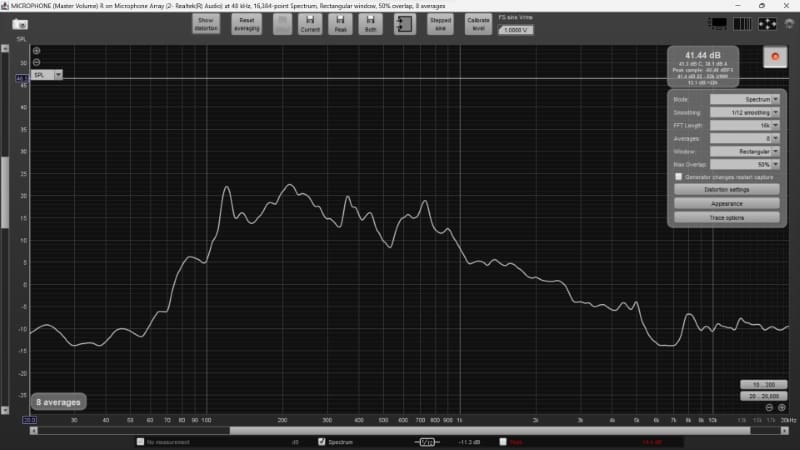
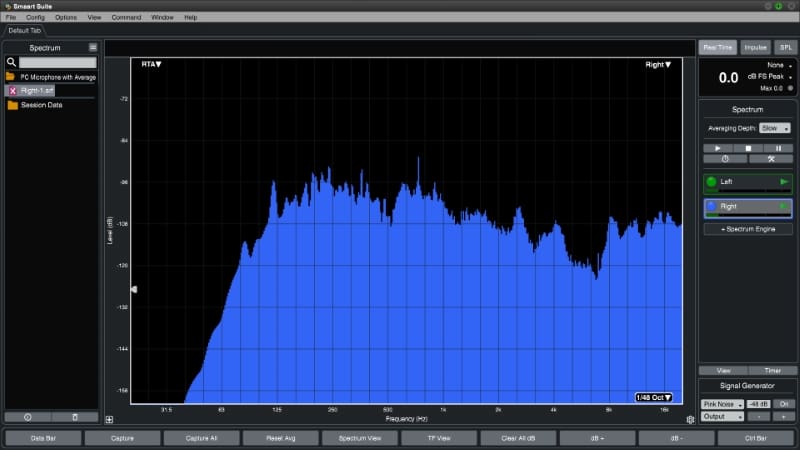
Audio analyzers need to be very accurate. If they show a dip at a specific frequency, we should be able to apply a measurable amount of boost to that frequency with an equalizer to produce a flat response curve. This requirement means the microphone must be calibrated accurately. A microphone used for music recording or voice communication likely isn’t ideal for audio measurements as it will impose its frequency response variations.
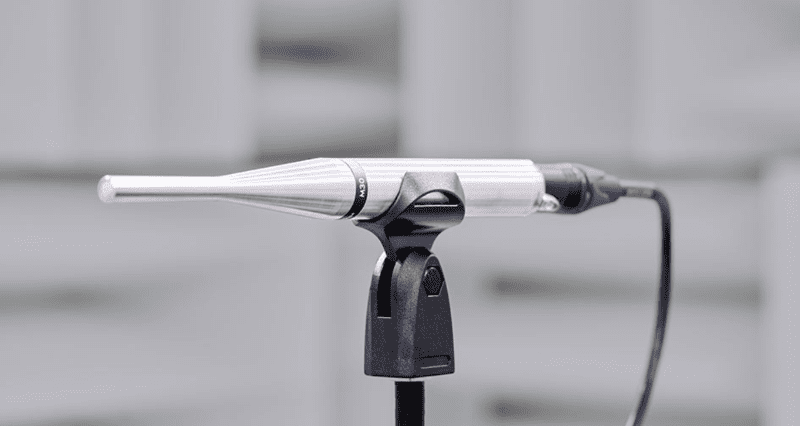
In the case of all audio analyzers, knowing how to interpret the data they offer is crucial to making audio system adjustments. Understanding measurements and knowing what to adjust in an equalizer takes extensive training to deliver great-sounding audio systems. With that said, the basic concept is that the RTA graph will show peaks and valleys in the acoustic response of an audio system. The technician can then cut (attenuate) peaks or boost dips to deliver a system with a smooth response.
Types of Car Audio Equalizer Options
There are two ways to look at car audio equalizer options. We can look at the different physical solutions or how the equalizers adjust signals. We will discuss the available solutions in this article and save the operational differences for another time.
The simplest of equalizers would be the bass and treble controls in a car radio. Turning either up or down affects a relatively wide range of frequencies, and these are better suited to changing the overall tonal balance of a car audio system than correcting response issues. Many late-model vehicles include bass, midrange and treble control adjustments in their infotainment systems.
Regarding system frequency response correction and calibration, you need fine control over different frequency ranges. For the context of this article, this will mean you need a lot of bands of equalization. A band is a single EQ adjustment that can boost or cut a narrow range of frequencies. Companies like AudioControl, Phoenix Gold and PPI had analog 30- or 31-band equalizers that were popular with autosound competitors years ago.
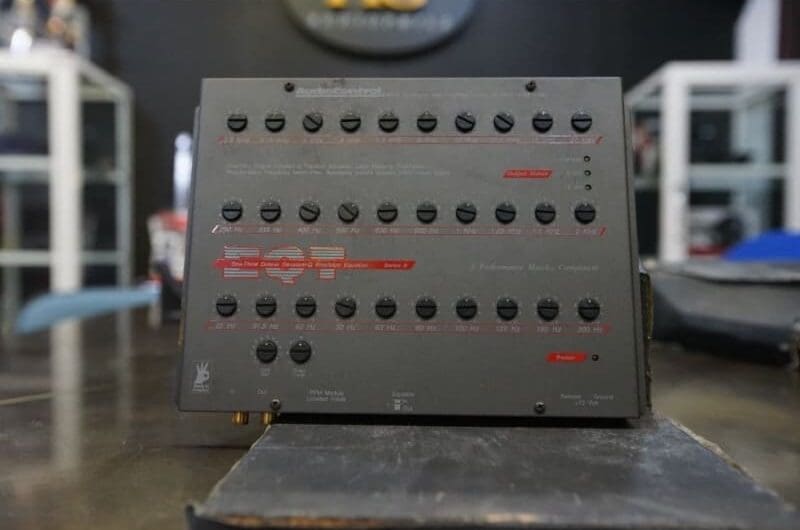
These days, digital signal processing has made equalization easy. From source units like the Sony XAV-9000ES and XAV-9500ES to stand-alone processors from companies like Audison, Rockford Fosgate and ARC Audio, access to the tools required to calibrate modern car audio systems is easy.
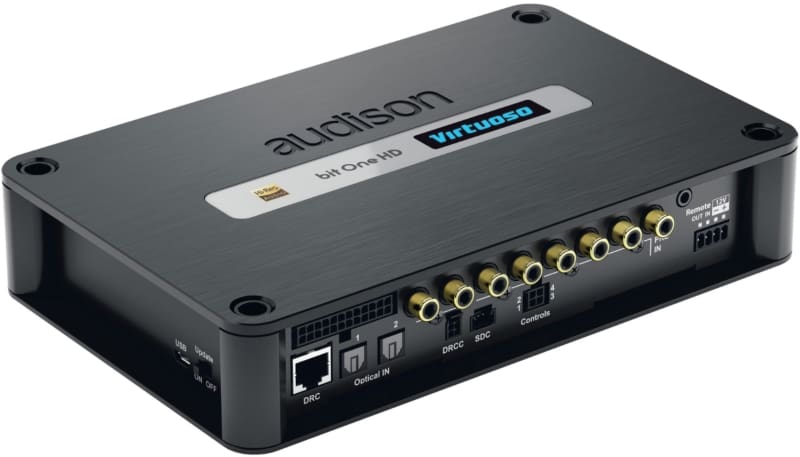
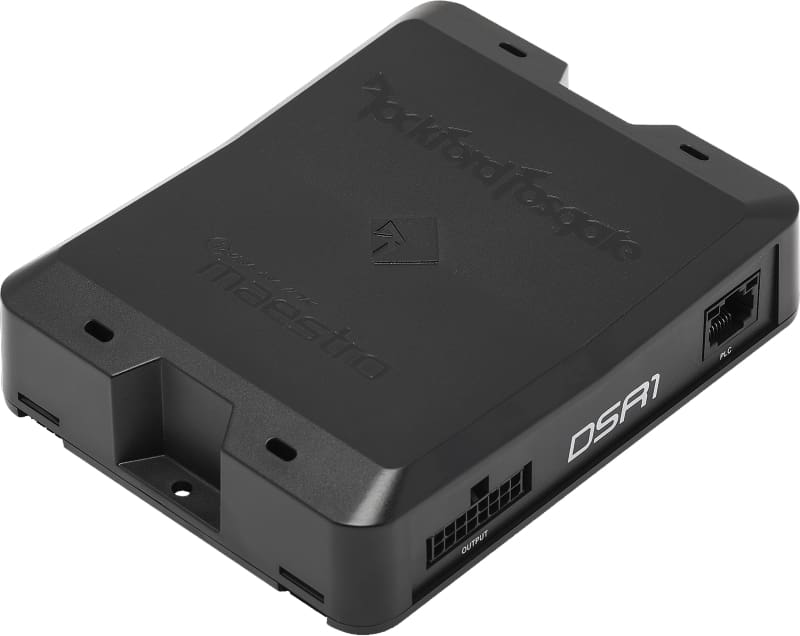
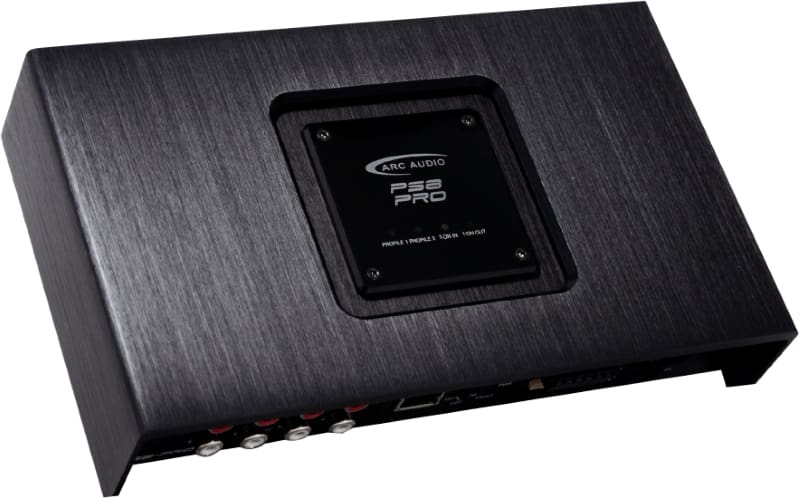
These processors use software on a computer or iPhone/iPad to allow the technician to calibrate your audio system to adjust the equalizer bands on each output channel. As mentioned, we aren’t going to get into the details of the types of equalizer modes (graphic or parametric) in this article.
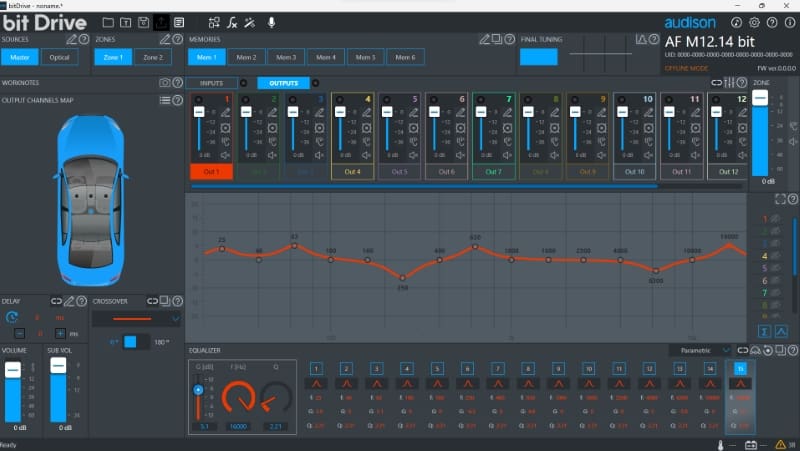
How Do I Know My Car Audio System Needs Equalization?
While all this information is essential, knowing whether your car audio system requires equalization is equally important. Unless it’s a factory-installed system in a relatively new model vehicle, the answer is yes, it needs equalization. Why don’t those systems need equalization? The answer is simple – they’re already set up for the speakers that came with the vehicle. Even modest, unbranded systems often include equalization in the radio that helps to deliver smooth frequency response.
If you’ve ever heard someone say they upgraded their radio or speakers to an aftermarket unit, but the system doesn’t sound as good, this is why. The equalization would be removed if it were built into the factory-installed radio. It might still exist if the new radio were feeding a factory-installed amp. At the other end of the spectrum, new speakers likely have different frequency response curves than what came from the factory. Changing speakers essentially invalidates the equalization.
Make Your Car Stereo System Sound Great!
If you’re building a new system from scratch with a premium radio and great amplifiers, speakers and subwoofers, part of the system design should include a way to equalize the system. You could opt for a radio like the aforementioned Sony units with an equalizer on each channel. You could also use a stand-alone digital signal processor between the source unit and the amplifiers. Another option is to choose amplifiers that have built-in digital signal processing.
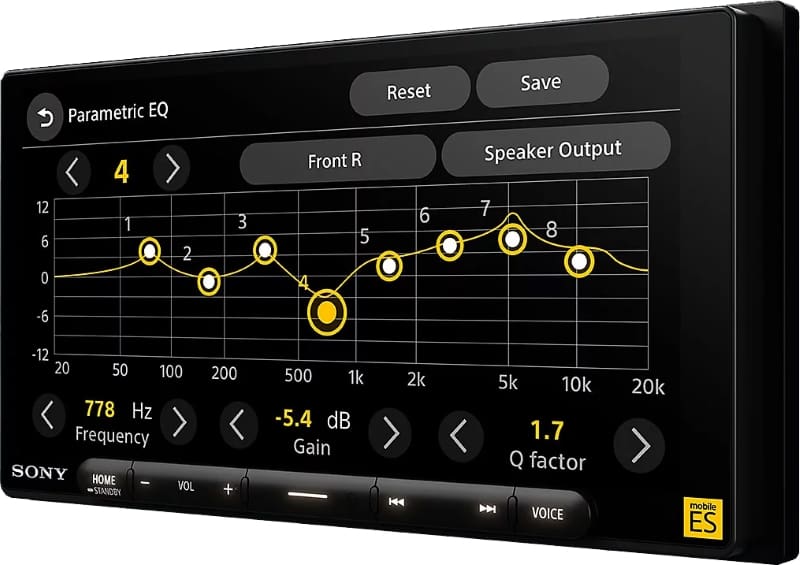
If you’re serious about optimizing your audio system, you’ll need an equalizer for each speaker. The corrections required for a woofer in the front door will differ significantly from that of a speaker in the rear door or on the parcel shelf. More importantly, the equalization will be very different on the left side of the vehicle compared to the right. Having a single EQ for the entire vehicle is better than nothing, but if you want rock-solid imaging and fantastic realism, you need equalization for each channel.
You need someone with experience to set up the EQ. As we mentioned earlier, knowing how to interpret the measurements from the RTA is crucial. Adding equalization that won’t positively affect the system’s performance is easy. There might be a peak or dip on the response graph of the RTA, but it might be something that can’t or shouldn’t be fixed with an EQ. Having a thorough understanding of the laws of physics and extensive experience are crucial to creating a system that sounds genuinely lifelike.
Upgrade Your Audio with a Car Audio Equalizer Today!
If you want to elevate the performance of your stereo system, then you need a properly calibrated car audio equalizer. Start by visiting some local specialty mobile enhancement retailers in your area. Audition their demo vehicles or work they’ve done for other clients. If those systems sound good, they can likely deliver similar results in your vehicles. Don’t be afraid to shop around. You may have to travel to another city to find a shop that can deliver what you want.
